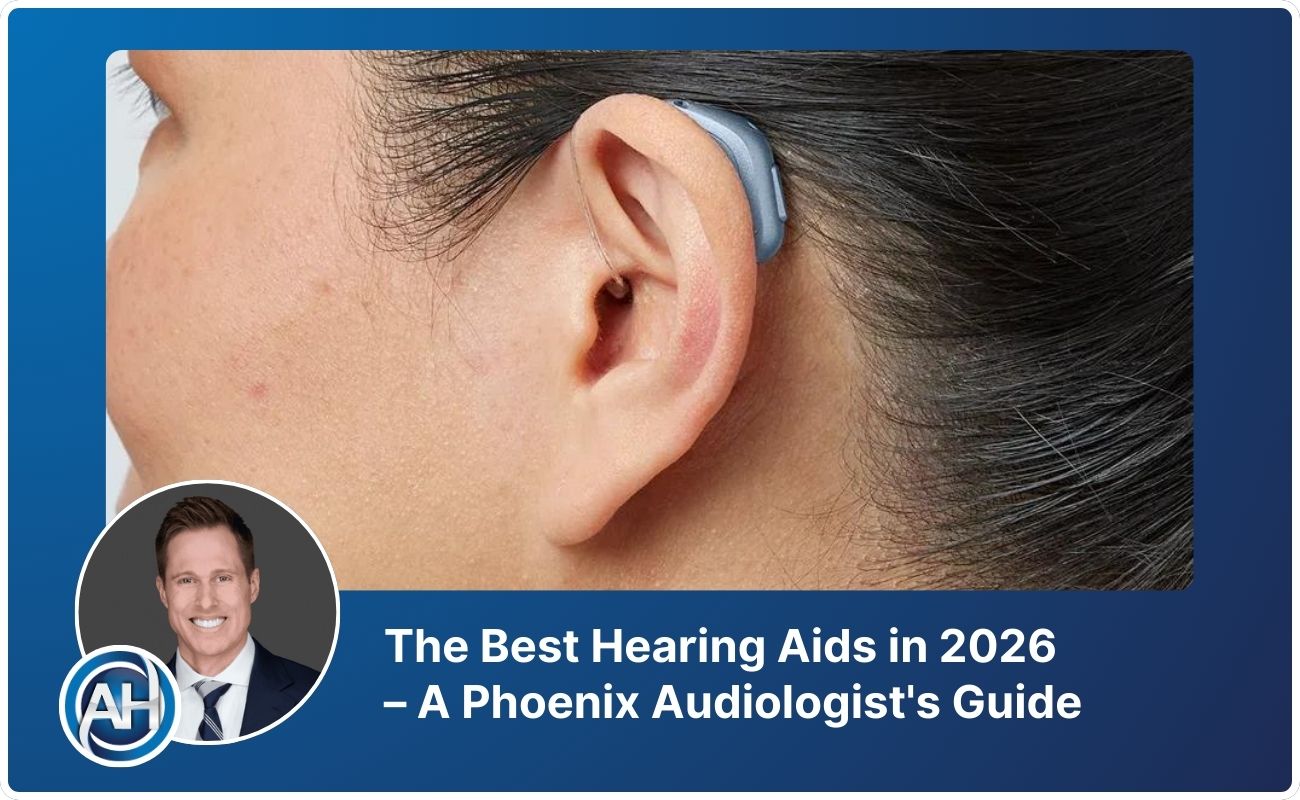
How often should I have my hearing tested?
Regardless of age, it is never a bad idea to have a baseline audiological evaluation.
Integrate your CRM with other tools
Lorem ipsum dolor sit amet, consectetur adipiscing elit lobortis arcu enim urna adipiscing praesent velit viverra sit semper lorem eu cursus vel hendrerit elementum morbi curabitur etiam nibh justo, lorem aliquet donec sed sit mi dignissim at ante massa mattis.
- Neque sodales ut etiam sit amet nisl purus non tellus orci ac auctor
- Adipiscing elit ut aliquam purus sit amet viverra suspendisse potenti
- Mauris commodo quis imperdiet massa tincidunt nunc pulvinar
- Adipiscing elit ut aliquam purus sit amet viverra suspendisse potenti
How to connect your integrations to your CRM platform?
Vitae congue eu consequat ac felis placerat vestibulum lectus mauris ultrices cursus sit amet dictum sit amet justo donec enim diam porttitor lacus luctus accumsan tortor posuere praesent tristique magna sit amet purus gravida quis blandit turpis.

Techbit is the next-gen CRM platform designed for modern sales teams
At risus viverra adipiscing at in tellus integer feugiat nisl pretium fusce id velit ut tortor sagittis orci a scelerisque purus semper eget at lectus urna duis convallis. porta nibh venenatis cras sed felis eget neque laoreet suspendisse interdum consectetur libero id faucibus nisl donec pretium vulputate sapien nec sagittis aliquam nunc lobortis mattis aliquam faucibus purus in.
- Neque sodales ut etiam sit amet nisl purus non tellus orci ac auctor
- Adipiscing elit ut aliquam purus sit amet viverra suspendisse potenti venenatis
- Mauris commodo quis imperdiet massa at in tincidunt nunc pulvinar
- Adipiscing elit ut aliquam purus sit amet viverra suspendisse potenti consectetur
Why using the right CRM can make your team close more sales?
Nisi quis eleifend quam adipiscing vitae aliquet bibendum enim facilisis gravida neque. Velit euismod in pellentesque massa placerat volutpat lacus laoreet non curabitur gravida odio aenean sed adipiscing diam donec adipiscing tristique risus. amet est placerat.
“Nisi quis eleifend quam adipiscing vitae aliquet bibendum enim facilisis gravida neque velit euismod in pellentesque massa placerat.”
What other features would you like to see in our product?
Eget lorem dolor sed viverra ipsum nunc aliquet bibendum felis donec et odio pellentesque diam volutpat commodo sed egestas aliquam sem fringilla ut morbi tincidunt augue interdum velit euismod eu tincidunt tortor aliquam nulla facilisi aenean sed adipiscing diam donec adipiscing ut lectus arcu bibendum at varius vel pharetra nibh venenatis cras sed felis eget.
Most individuals know someone who has started to lose their hearing as they age. Whether it’s your grandparents, parents, spouse, or even your friends, hearing loss is one of the most common chronic health conditions in aging adults. In fact, 15% of Americans over the age of 18 have hearing loss. This number jumps to 33% by 65 years old, 50% by 75 years old, and 90% by 90 years old. But how do you know when to get your hearing tested?
For adults especially, losing your hearing is usually a slow, gradual process. It generally begins with noticing slight difficulty in background noise, or missing a few words when someone speaks softly. It may sound like people have started mumbling. You may notice that the characters on TV aren’t as clear, causing you to crank up the volume and turn on closed captioning to follow the dialogue. Because the hearing loss develops gradually and painlessly, you may not even notice it is happening. Friends or family members may be the first to suggest that you should have your hearing checked.
Regardless of age, it is never a bad idea to have a baseline audiological evaluation. But there are some lifestyle elements that suggest earlier and more frequent hearing testing. Some examples include people who:
- Frequent loud music events like concerts or festivals
- Have noisy occupations (including the use of heavy machinery, farm equipment, or loud engine systems)
- Work with woodworking tools, power tools, or lawn equipment
- Use or have used firearms at any point across the lifespan
- Play a musical instrument
- Have medical conditions such as diabetes, kidney disorders, chemotherapeutic treatments, heart disease
- Have a family history of hearing loss
The American Speech-Language-Hearing Association recommends that all adults over the age of 18 have their hearing tested every decade. After the age of 50, this recommendation changes to every three years. This is when changes in hearing due to aging tend to emerge. Having a baseline allows for the tracking of changes should aging begin to play a role, or even if a sudden hearing loss occurs. If a hearing loss is identified at any of these visits, your audiologist may recommend annual evaluations to monitor the loss.
If a hearing loss is identified, it helps to know that a vast majority of hearing losses can be treated with the use of hearing aids. Hearing aids process sound and deliver precise amounts of amplification at specific frequencies to aid in clarity of speech. With today’s technology, a hearing care professional who diligently follows best practices can utilize this medical device to amplify sound at frequencies specific to your hearing loss. Your provider will complete subjective and objective verification testing to ensure the hearing aids are not over-amplifying or under-amplifying at any particular frequency. The only way to accurately verify hearing aid settings is to perform real-ear verification measures, in which a small probe microphone records the response of the hearing aid while it is in your ear. For more information about best practices in audiology, as well as real-ear verification, click here (video from Dr. Cliff or link to Applied Hearing Solutions page about best practices).
The bottom line is this:
- All adults over the age of 18 should have their hearing tested every 10 years.
- Adults over the age of 50 should have their hearing tested every 3 years.
- Once a hearing loss is identified, your audiologist will determine your need for repeat evaluations.
- Treating your hearing loss early is the best way to prevent negative side effects of untreated hearing loss like depression, social isolation, and risk of accelerated cognitive decline.




